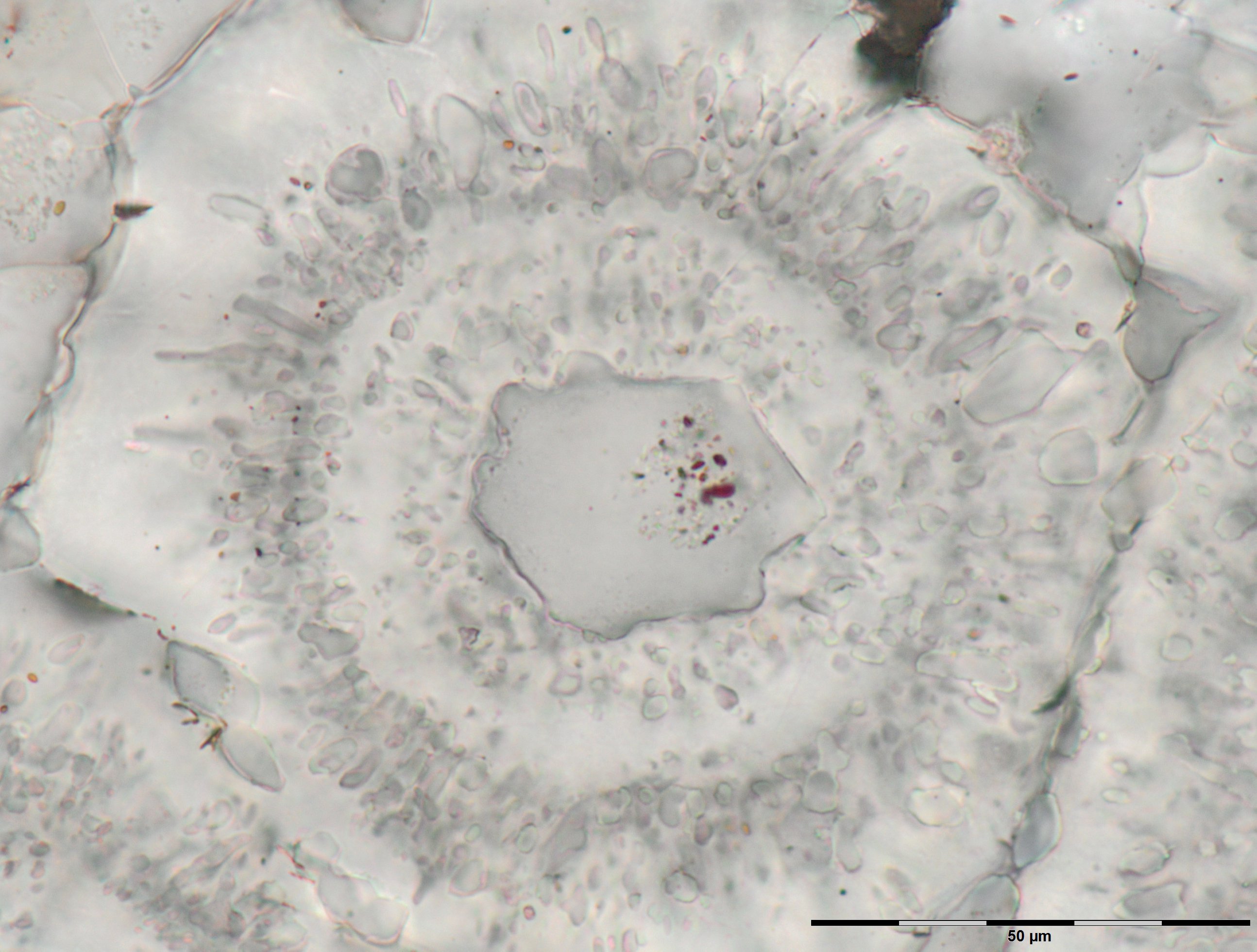Scientists have found evidence that life existed on Earth much earlier than previously thought and they say this discovery has implications for life springing up on other planets, particularly Mars.
Fossils of microscopic bacteria were discovered in Quebec, Canada in the Nuvvuagittuq Supracrustal Belt, a formation which contains some of the oldest sedimentary rocks in the world. Scientists estimate the fossils are at least 3.7 billion years old, and could be as old as 4.28 billion years. This is hundreds of millions of years older than previously found specimens.
“The most exciting thing about this discovery is that we know life managed to get a grip and start on Earth at such an early time in Earth’s evolution, which gives us exciting questions as to whether we are alone in the solar system or in the universe,” said PhD student Matthew Dodd from University College London (UCL), who is the first author on a new paper about the finding in the journal Nature. “If life happened so quickly on Earth then could we expect it to be a simple process and start on other planets, or was Earth really just a special case?”

The tiny fossils are the remains of microorganisms that are smaller than the width of a human hair. The Nuvvuagittuq rocks are thought to have formed in an iron-rich deep-sea hydrothermal vent system that provided a habitat for Earth’s first life forms. These rocks are mostly composed of silica and hematite.
“Our discovery supports the idea that life emerged from hot, seafloor vents shortly after planet Earth formed,” Dodd said in a press release. “This speedy appearance of life on Earth fits with other evidence of recently discovered 3,700 million year old sedimentary mounds that were shaped by microorganisms.”
Prior to this discovery, the oldest microfossils reported were found in Western Australia and were dated at 3.4 billion years old, leading scientists to speculate that life probably started around 3.7 billion years ago. But the new finding suggests that life existed as early as 4.5 billion years ago, just 100 million years after Earth formed.
“The microfossils we discovered are about 300 million years older than the previously thought oldest microfossils,” said Dr. Dominic Papineau, a professor of geochemistry and astrobiology at UCL, “so they are within a few hundred million years from within the accretion of the solar system and the planet Earth and the Sun and the Moon and so on.”

Papineau said the structures in the rocks that contained the fossils were spheroids, and since they are made of hematite, they are reminiscent of the discovery in 2004 by the Mars Exploration Rover Opportunity of beds of rounded hematite concretions, that MER scientists called “blueberries.” These rounded concretions formed on Earth when significant volumes of groundwater flowed through permeable rock, and chemical reactions triggered minerals to precipitate and start forming a layered, spherical ball.
The concretions may bear on the search for evidence of past life on Mars because bacteria on Earth can make concretions form more quickly, according to previous research.
“The origin of this structure is not fully understood even on Earth where we find them,” Papineau said. “We don’t know really how organic matter can potentially be involved in making these structures.”
Both the MER rovers, Opportunity and Spirit, as well as the Curiosity rover have all found evidence of past water on Mars. In addition, Curiosity has identified traces of elements like carbon, hydrogen, nitrogen, oxygen, and more — the basic building blocks of life. It also found sulfur compounds in different chemical forms, a possible energy source for microbes. If Mars really was warmer and wetter in the past, as the evidence seems to point, Mars would have been the perfect spot for living organisms.
While the finding of ancient fossils on Earth doesn’t necessarily mean there is past or present life on Mars, in conjunction with the Curiosity rover finding of the raw ingredients for life, it is enticing to know that the environment on early Mars was likely very similar to early Earth, where life did spring up.
You can see details and hear the researchers talk about their findings in the video below:
Source: EurekAlert


Very fascinating – thanks for the article.
Is this early date suggestive of what kind of life we might hope to find on Mars?
For example, would we now be less surprised if LUCA formed elsewhere (eg. delivered to earth on a comet) and that we could find common DNA in a future discovery of life on Mars?
The more I study, the more it seems apparent that life is an inevitability, from the elements of stellar nucleosynthsis to the conditions in space for forming long chain hydrocarbon molecules. The seed only has to fall on good earth, rare as it may be, but still abundant in a vast universe. The question then moves to, what is out there? Can we ever reach it? Can it reach us and, most importantly, what are the dangers?